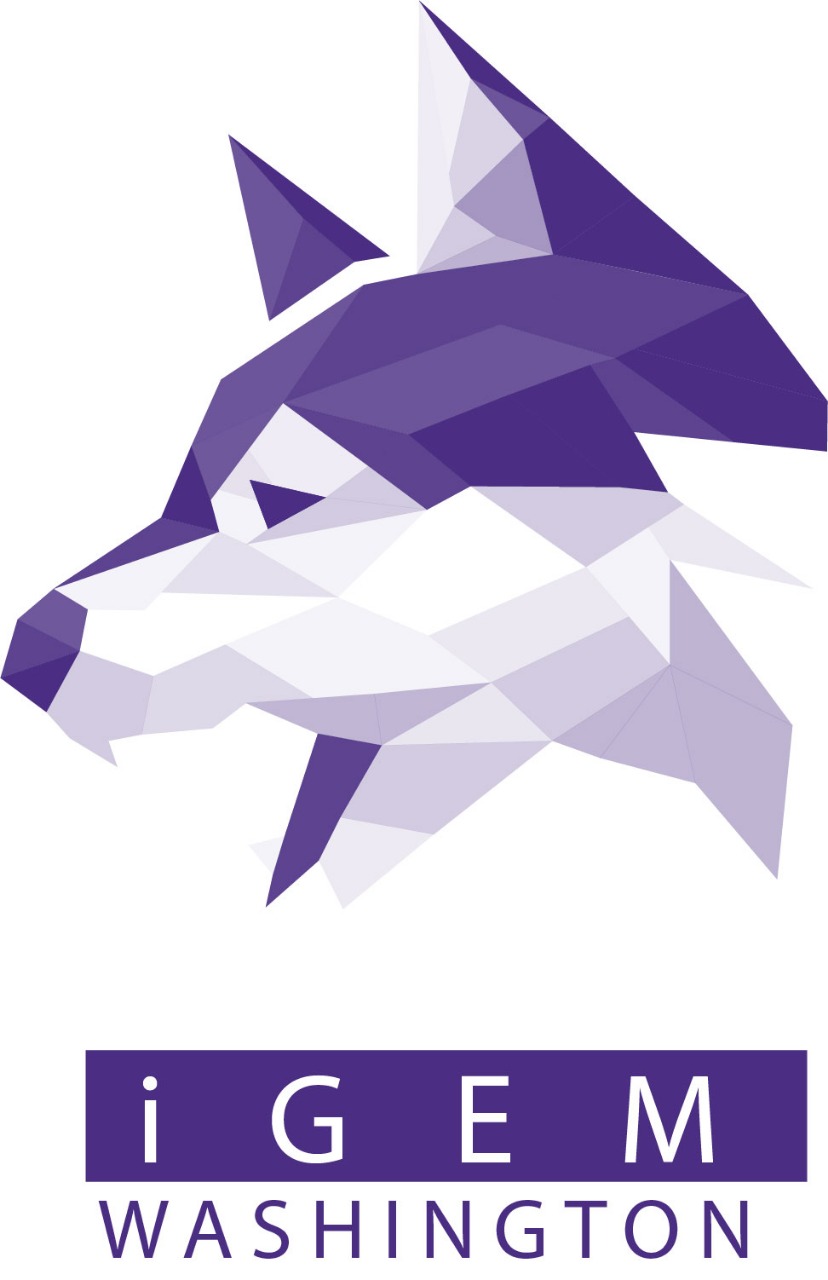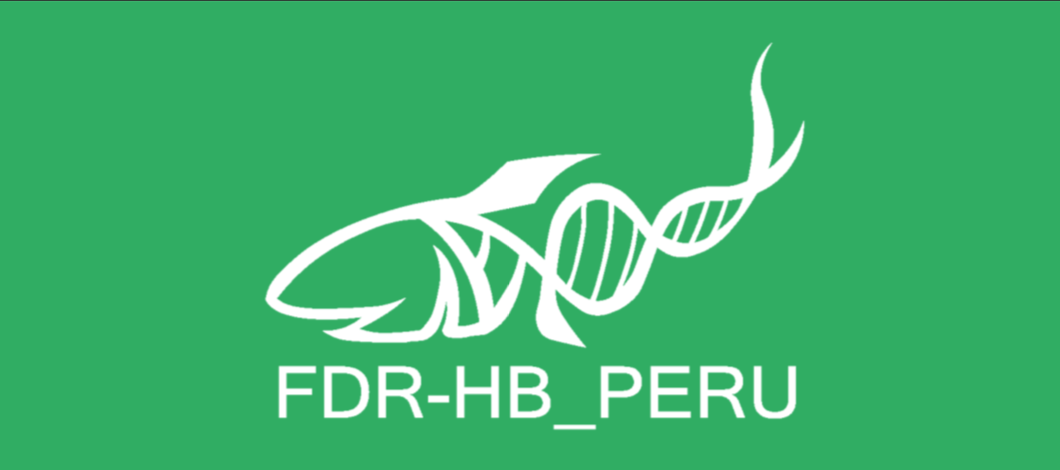| Line 34: | Line 34: | ||
|[https://2019.igem.org/Team:FDR-HB_Peru <center><b>PERU</b></center>] | |[https://2019.igem.org/Team:FDR-HB_Peru <center><b>PERU</b></center>] | ||
| − | | | + | |<b>Mentorship</b> |
Since we were lucky enough to find people who were willing to offer us guidance in the biosafety area of our project, we wanted to use that acquired knowledge to help someone else. In our case, during the diffusion activities on social media, we contacted with the high school team FDR HB Peru. First, we organized a videoconference where we exchange our project's development, and which parts we needed to improve. After sharing feedback on our projects, we helped them by sharing a model of a risk assessment based on our own, and explaining in detail the procedure that we followed to develop the risk assessment of our project so they could apply these principles into their project. Our objective was to spread the culture of safe project development along with other teams. | Since we were lucky enough to find people who were willing to offer us guidance in the biosafety area of our project, we wanted to use that acquired knowledge to help someone else. In our case, during the diffusion activities on social media, we contacted with the high school team FDR HB Peru. First, we organized a videoconference where we exchange our project's development, and which parts we needed to improve. After sharing feedback on our projects, we helped them by sharing a model of a risk assessment based on our own, and explaining in detail the procedure that we followed to develop the risk assessment of our project so they could apply these principles into their project. Our objective was to spread the culture of safe project development along with other teams. | ||
Revision as of 05:28, 21 October 2019
Collaborations
| Team | Type of Collaboration | Logo |
|---|---|---|
| We collaborated with the Instituto Tecnológico y de Estudios Superiores de Occidente (ITESO) of Jalisco, México Team, in the Human Practices area. For over 6 months they gave us constant feedback on the different things we developed as products of our Human Practices. The product of this collaboration consists of an interactive map in which you can visualize the pollutants emission points in the metropolitan area of Guadalajara and Monterrey, in this map we identified the companies related to the problematics of each team. |
 | |
| As part of their Human Practices, the iGEM Washington Team made an outreach booklet; the collaboration consisted on trasnlating from english to Spanish the documents related to teaching activities. There were a total of 13 translated documents. |  | |
| Mentorship
Since we were lucky enough to find people who were willing to offer us guidance in the biosafety area of our project, we wanted to use that acquired knowledge to help someone else. In our case, during the diffusion activities on social media, we contacted with the high school team FDR HB Peru. First, we organized a videoconference where we exchange our project's development, and which parts we needed to improve. After sharing feedback on our projects, we helped them by sharing a model of a risk assessment based on our own, and explaining in detail the procedure that we followed to develop the risk assessment of our project so they could apply these principles into their project. Our objective was to spread the culture of safe project development along with other teams. |
 |
ITESO
We collaborated with the Instituto Tecnológico y de Estudios Superiores de Occidente (ITESO) of Jalisco, México Team, in the Human Practices area. For over 6 months they gave us constant feedback on the different things we developed as products of our Human Practices. The product of this collaboration consists of an interactive map in which you can visualize the pollutants emission points in the metropolitan area of Guadalajara and Monterrey, in this map we identified the companies related to the problematics of each team.
The communication established with the team helped us identify and develop our areas of opportunity, we also made some of their suggestions, for example, the Ishikawa diagram.
WASHINGTON
As part of their Human Practices, the iGEM Washington Team made an outreach booklet; the collaboration consisted on trasnlating from english to Spanish the documents related to teaching activities. There were a total of 13 translated documents.

Mentorship
Perú
Since we were lucky enough to find people who were willing to offer us guidance in the biosafety area of our project, we wanted to use that acquired knowledge to help someone else. In our case, during the diffusion activities on social media, we contacted with the high school team FDR HB Peru.
First, we organized a videoconference where we exchange our project's development, and which parts we needed to improve. After sharing feedback on our projects, we helped them by sharing a model of a risk assessment based on our own, and explaining in detail the procedure that we followed to develop the risk assessment of our project so they could apply these principles into their project. Our objective was to spread the culture of safe project development along with other teams.
